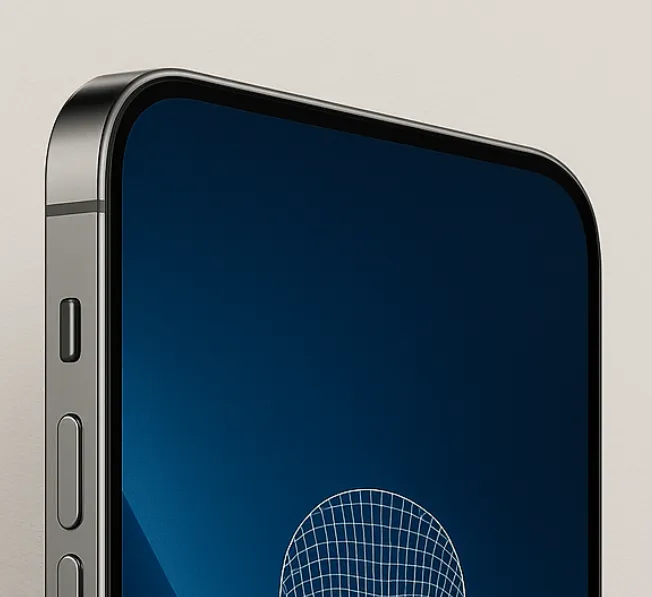The iPhone 17 has only just made its debut, yet rumors about the iPhone 18 are already making their rounds in the tech community. A new report from a well-known source on Chinese social media claims that Apple is preparing to make a subtle but noticeable change to next year’s flagship. According to the leak, the iPhone 18 may feature a redesigned Dynamic Island, one that is slimmer and more compact than the version currently found on the iPhone 17. By narrowing the pill-shaped cutout, Apple could provide users with additional screen real estate without dramatically altering the phone’s overall design.
This isn’t the sweeping redesign many users might hope for, but it does reflect Apple’s careful, step-by-step approach to refining the iPhone. The Dynamic Island, introduced with the iPhone 14 Pro, has since become a defining element of Apple’s design language. Reducing its size without removing it altogether may be Apple’s way of preparing the ground for future display innovations.
No Under-Display Face ID—Yet
For years, Apple enthusiasts have speculated about the arrival of under-display Face ID technology, which would allow the company to hide sensors beneath the display and deliver a nearly uninterrupted screen. However, this latest leak indicates that the iPhone 18 will not include the feature. Instead, Face ID components and the front camera will remain visible, though packaged in a more discreet format.
The decision aligns with skepticism from industry experts who have long questioned whether under-display technology is ready for Apple’s demanding standards. Unlike competitors that have already experimented with under-display cameras, Apple faces the unique challenge of ensuring that Face ID maintains its high levels of accuracy and security. Current engineering limitations make it difficult to deliver consistent performance when sensors are hidden under pixels.
A Rumor with a Long History
The idea of under-display sensors is not new. Display analyst Ross Young has predicted that Apple might introduce the technology by 2026, potentially aligning with the iPhone 19. Other leakers suggest the camera itself could take even longer to perfect, meaning Apple’s complete transition to an uninterrupted display may still be years away.
This delay is not unusual for Apple. Historically, the company has often arrived late to certain innovations, but when it does, the result tends to be more polished than early attempts from rivals. Whether it was wireless charging, OLED displays, or 5G connectivity, Apple has shown a preference for waiting until the technology can be seamlessly integrated into its devices.
Innovation vs. Reliability
Apple’s cautious stance may frustrate some users who crave bold leaps in design. Many competitors, especially in the Android market, have already showcased devices with hidden cameras and ultra-slim bezels. Yet these implementations often come with compromises, such as lower image quality or reduced sensor accuracy. For Apple, sacrificing performance for the sake of aesthetics is rarely an option.
Instead, the company continues to refine its balance between design and dependability. The rumored slimmer Dynamic Island is a clear example of this philosophy: a small but meaningful step that improves the user experience without risking the quality Apple is known for. While not groundbreaking, it signals progress toward a future where Face ID and cameras may one day be invisible.
Looking Ahead
If the rumors hold true, the iPhone 18’s most visible change will be the streamlined Dynamic Island. While it may not deliver the dramatic leap some fans anticipate, it underscores Apple’s methodical strategy of gradual evolution. Under-display Face ID remains on the horizon, but consumers may have to wait several more years before it becomes a reality.
Until then, Apple is likely to continue fine-tuning its design language while prioritizing security, performance, and consistency. The iPhone 18 may not reinvent the wheel, but it represents the company’s ongoing pursuit of refinement—a philosophy that has helped Apple maintain its reputation as a leader in premium smartphone design.
